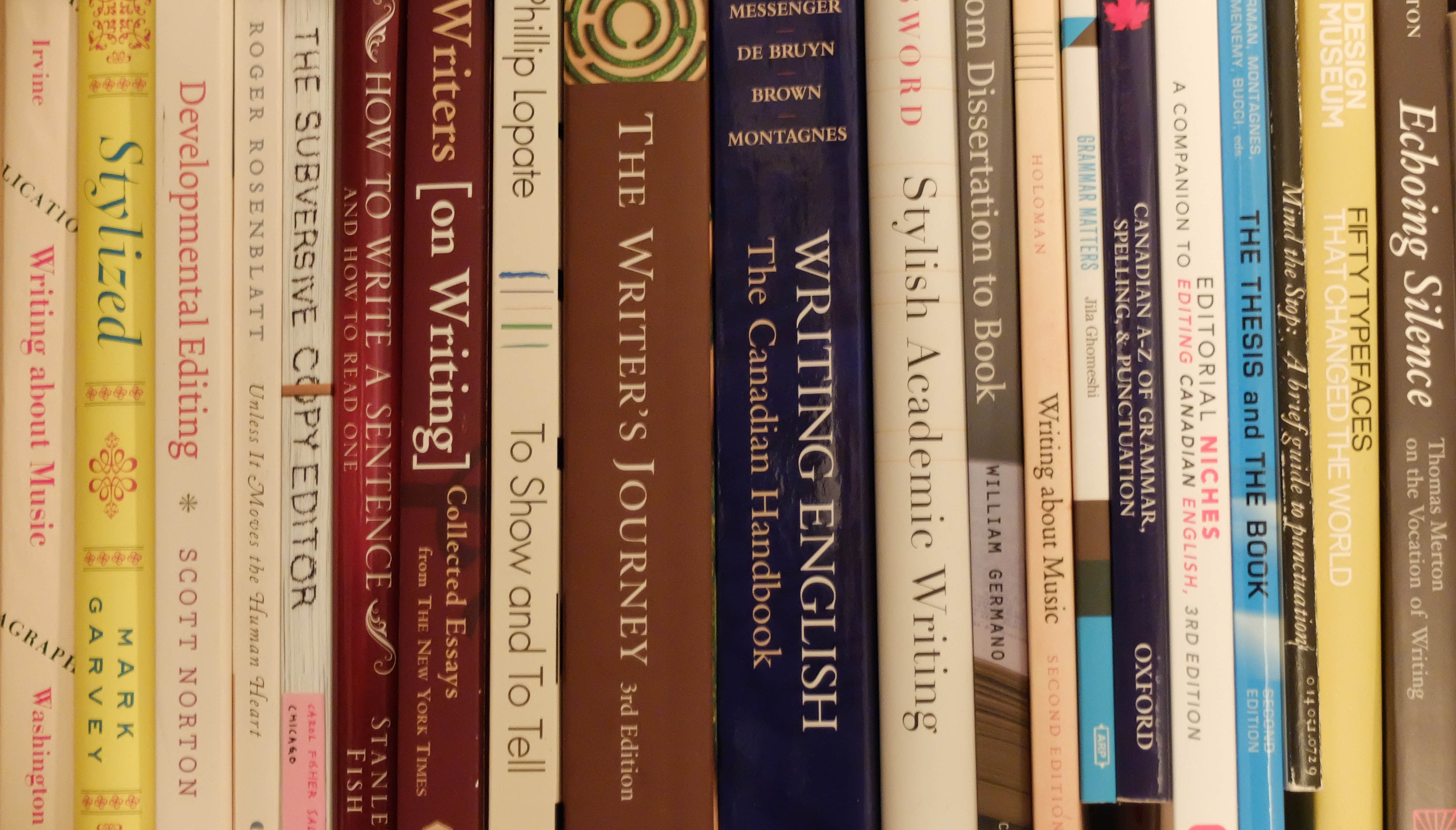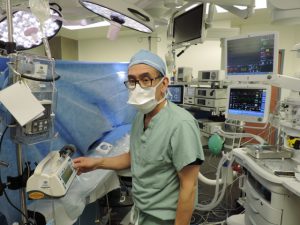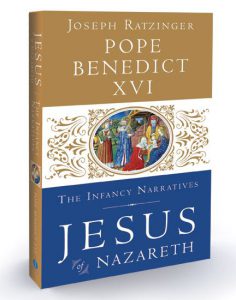The Back Story: Part 8 – Michael Bautista

Back Story is a series about some of the regular contributors to igNation. It’s a series of short interviews with writers, their influences, how they go about writing, and what they hope their work for igNation will accomplish. The interviews address their approach to writing in general rather than an exploration of any particular piece they have authored for the blog.
Each of the participants in the Back Story series was interviewed by Kevin Burns by telephone. He asked each participant the same set of questions, plus a few more based on things that surfaced during their conversation. What follows is an edited version of a much longer conversation.
Because the igNation format has a limited word-count, each of the interviews in this series will include an additional audio component: “To hear more about [whatever the topic might be]: Click here.”
Today, it’s Dr. Michael Bautista from St. John’s, where he is an anesthesiologist at St. Clare’s Mercy Hospital and an obstetric anesthesiologist at the Janeway Children’s Health and Rehabilitation Centre. He is also a member of the Faculty of Medicine at Memorial University where he serves as the Residency Program Director for the Discipline of Anesthesia. His areas of interest are regional anesthesia and pain management, particularly chronic pain.

Dr. Michael Bautista
Not surprisingly, his articles for igNation, often address faith and science.
KB: Michael, let’s start with a question I’m asking everyone in this series. Can you tell me about the first time you ever saw a work of yours in print? What is that experience like, seeing something you have written actually in print?
MB: The first time I had something published was a letter to the editor about a concert a friend had given, that would be around 1976. Then, in 1984 or 1985, when I was an anesthesia resident, I write a case study on an interesting case that one of my staff thought would be worth putting in the Canadian journal as a case report.
Seeing those words in print? As for the case study, I felt I had a point to make that had to do with a way of measuring the oxygen content of the blood. This was years before today’s modern technology for doing that. As a resident, you know, you don’t get to publish very often and the need to let other people know how to do this procedure I thought was important. I was glad that they let me share that message.
KB: Many writers follow special rituals when they write, using certain pens, or special a notebook – you know, the paper kind. Do you have any such rituals?

Source: crosswalk.com
MB: No, I don’t. I usually do it on a computer as my handwriting is not very good. It’s bad, but not as bad as some of my colleagues. Nurses have told me that it’s not really that bad, that I’m a little better than average, though that doesn’t say much!
I have a work computer and a home computer, and depending on when the idea strikes me, if I have the time, I’ll just start writing. There is no ritual, no special pen, no special place, and not necessarily any special time either.
But let me explain how it happens, because I do take notes. I always start each day with my Examen, my meditation, and reading the scripture readings for that day. I get up early in order to have that time to do that because the rest of my day is not really my own.
For me, it helps to start the day off in the right way. I write in a journal every day, seven days a week. I asterisk things that stand out. I write down phrases from the readings that catch my attention. I have stacks of these notebooks and they all look different.

Source: itunes.apple.com
For my blog pieces I’ll often have a theme that’s running through my head for several weeks and a message or a thought for something to say will come from that. This is the kind of writing that happens before I get to the computer. Sometimes the idea will come from a dream.
I’m not like Mozart who would write out a whole composition that was in his head and he would sit down and just write it all out. And I’m not like Beethoven who would have a zillion sketchbooks and would scratch, scratch, scratch, and write, write, write.
But I do have some written stuff before I sit down to write. I sense that I only write what I’m supposed to. It’s a messenger role. I think that’s one of the neat things about when you understand God to be in everyone and in everything: an inspiration, a lesson learned or an important thought can come from the most unlikely places.
[Click hear to listen to Michael Bautista describe his feelings when he is with a patient in the operating room.
KB: Michael, you were deeply involved in the founding and governance of St. Bonaventure College in St. John’s following the 1997 referendum about denominational schools in Newfoundland. You have some strong Ignatian roots. Tell me about them.
MB: I learned a lot about Ignatian “stuff” through that school. I was the founding chair of its board and involved with the school for fourteen years. One day, early on, I popped into the president and principal’s office and said to Fr. Winston Rye SJ, “You keep talking about these Spiritual Exercises. If I’m going to be chair of this board I guess I should actually do them.”
And so I did. It took me eighteen months. I consider those exercises as the basis for embracing an Ignatian attitude toward Catholicity and to spirituality.
[To hear what Michael Bautista discovered in the Spiritual Exercises click here

Source: brandonvogt.com
KB: Who the writers are who have influenced you most and books on are your bedside table right now?
Mmm. I’m a poorly read person, really. I get so tired reading text books and articles. Let me see, what have I read? The only thing I read on a daily basis is the Bible, when I’m not looking things up in text books.
As for influence, I would have to say Pope Benedict XVI. His first encyclical, Caritas in Veritate (2009) in which he talked about love, and his set of books: Jesus of Nazareth: From the Baptism in the Jordan to the Transfiguration (2007), Holy Week – From the Entrance into Jerusalem to the Resurrection (2011), and The Infancy Narratives (2012). But as for leisure reading, I’m reading Ian Fleming’s James Bond books right now.




No Comments